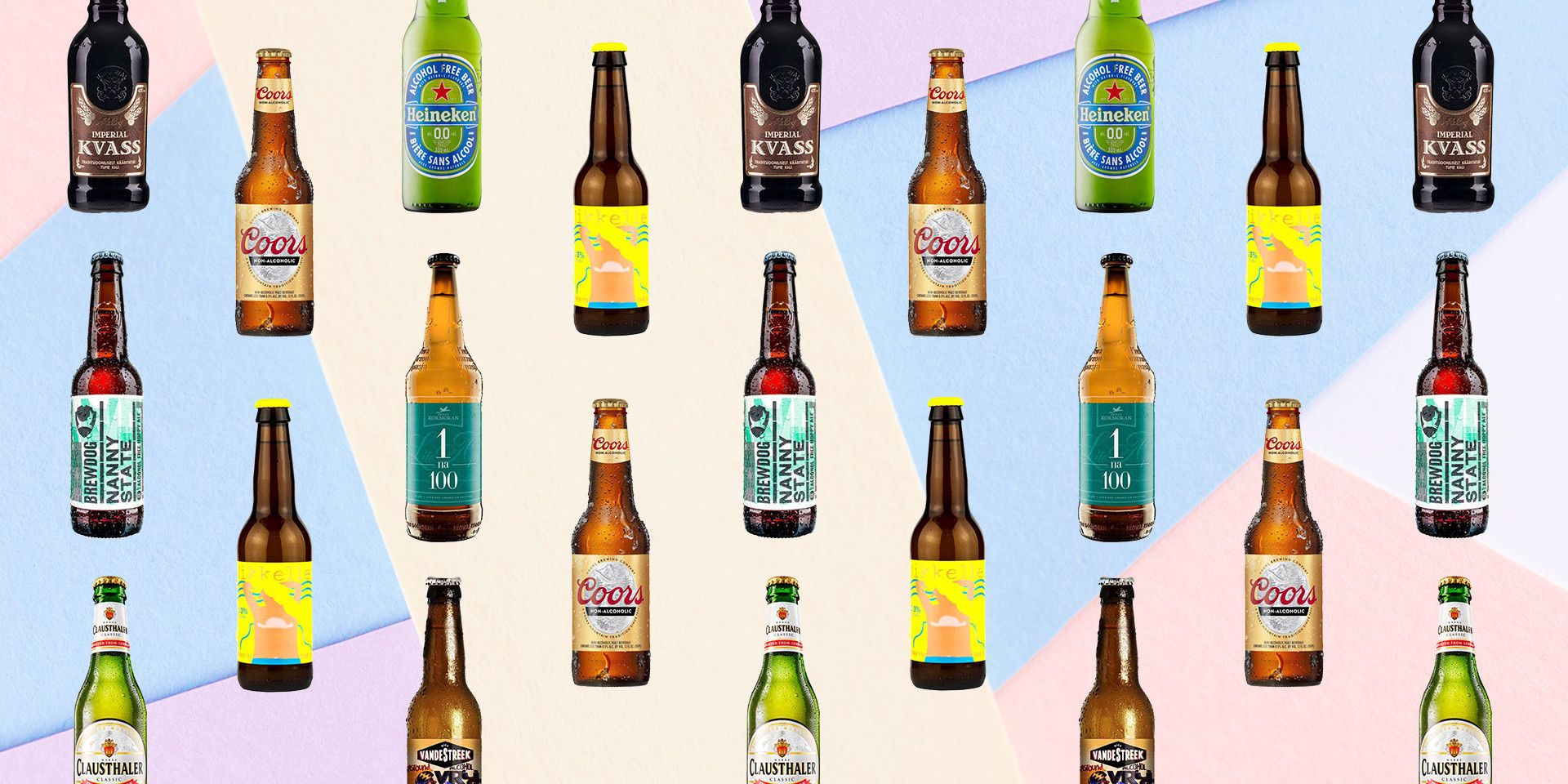The Ultimate Distillery Experience: From Grain to Glass, Everything You Required to Know
Beginning on a journey through the complexities of the distillery procedure unveils a world where science meets creativity in the production of spirits. From the mindful option of grains to the thorough crafting of each container, every step in the manufacturing line plays a crucial function in shaping the last product that beautifies our glasses.
The Art of Grain Choice
Selecting the suitable grains is a critical step in the purification process, establishing the flavor account and quality of the final item. The sort of grain selected dramatically influences the character of the spirit being generated - Galveston Liquor. Typical grains used in purification include barley, corn, wheat, and rye, each conveying distinct tastes and qualities to the end product

Beyond flavor factors to consider, the top quality and pureness of the grains are vital. Distillers thoroughly resource grains to guarantee they are without impurities and have the essential starch web content for fermentation. By grasping the art of grain option, distillers lay the structure for creating exceptional spirits that astound the taste.
Purification Process Demystified
Having established the foundation with precise grain option, the distillation procedure emerges as the transformative phase where the essence of the chosen grains is opened and improved into a spirited form. The procedure doesn't finish there; multiple purification runs or added steps such as maturing in barrels might even more refine the spirit, boosting its character, flavor, and complexity. Understanding the intricacies of the distillation process is critical for creating high-grade spirits that captivate aficionados and lovers alike.
Barrel Aging and Taste Advancement
Throughout the barrel aging process, spirits undergo a transformative journey as they communicate with the wood, taking in nuanced tastes and creating an abundant complexity. The kind of wood used, usually oak, substantially influences the final preference of the spirit. Oak barrels are preferred for their unique properties that enhance the taste account. As spirits age in the barrels, they remove compounds such as vanillin, lignin, and tannins from the timber, adding to the development of scents like vanilla, caramel, flavor, and even tips of toasted oak.
The permeable nature of timber also enables the basics spirit to breathe, promoting the integration of flavors over time. Depending on the period of aging and environmental problems like temperature level and moisture, spirits can obtain various features, from subtle wood notes to deep, complex tastes that make each batch distinct.
Craftsmanship in Bottling and Labeling
As spirits reach their optimum taste accounts through barrel aging, the careful workmanship in classifying and bottling comes to be the next critical step in providing a costs item to consumers. The procedure of labeling and bottling is an essential aspect of the general distillery experience, as it is the last touchpoint prior to the product reaches the hands of consumers (Distillery in Galveston). Craftsmanship in bottling involves making sure that each bottle is filled up exactly with the spirit, taking right into account factors such as uniformity in fill levels and the avoidance of any pollutants getting in the container

Tasting and Valuing Great Spirits
To fully value great spirits, one should involve all the detects in a purposeful and conscious sampling experience. When tasting fine spirits, it is important to start by observing the spirit's appearance. Keep in mind the shade, clarity, and thickness of the fluid in the glass. Swirl the spirit look at this now carefully to launch its scent. The nose is a crucial sense in sampling spirits; take a minute to breathe in the facility aromas deeply. Next off, take a little sip and allow it remain on your palate. Take notice of the different flavors that unravel - from fruity and sweet notes to spicy or smoky undertones. Think about helpful resources the mouthfeel, noting if the spirit is smooth, velvety, or fiery. Swish the spirit in your mouth to completely experience its appearance and preference. Ultimately, swallow slowly and value the sticking around coating. Great spirits typically leave a pleasant aftertaste that can disclose much more regarding the craftsmanship and quality of the drink. By engaging all your senses in this fashion, you can really enjoy and value the intricacies of fine spirits.
Final Thought
To conclude, the distillery experience encompasses the intricate art of grain selection, the accurate distillation process, the transformative barrel aging, the meticulous workmanship in classifying and bottling, and the sophisticated technique of tasting and valuing great spirits. Each step in the manufacturing process plays a vital role in developing high-quality spirits that astound the senses and delight lovers worldwide.
The kind of grain selected substantially influences the character of the spirit being generated. By mastering the art of grain option, distillers lay the structure for producing remarkable spirits that astound the palate.

Comments on “Breweries in Galveston Texas: Check Out Local Craft Breweries Today”